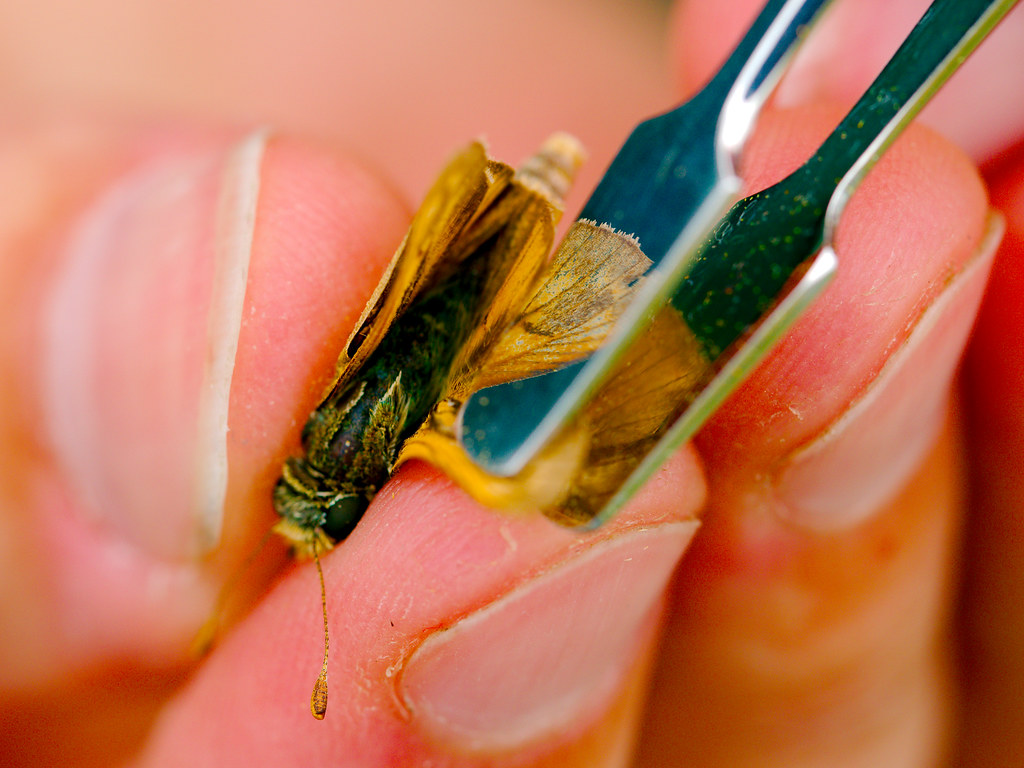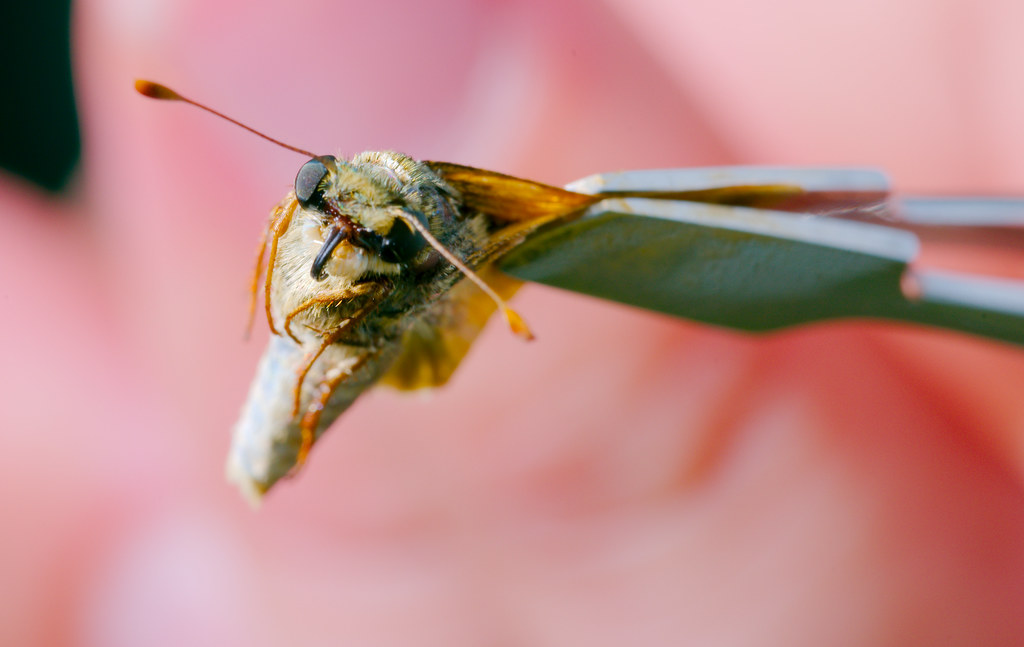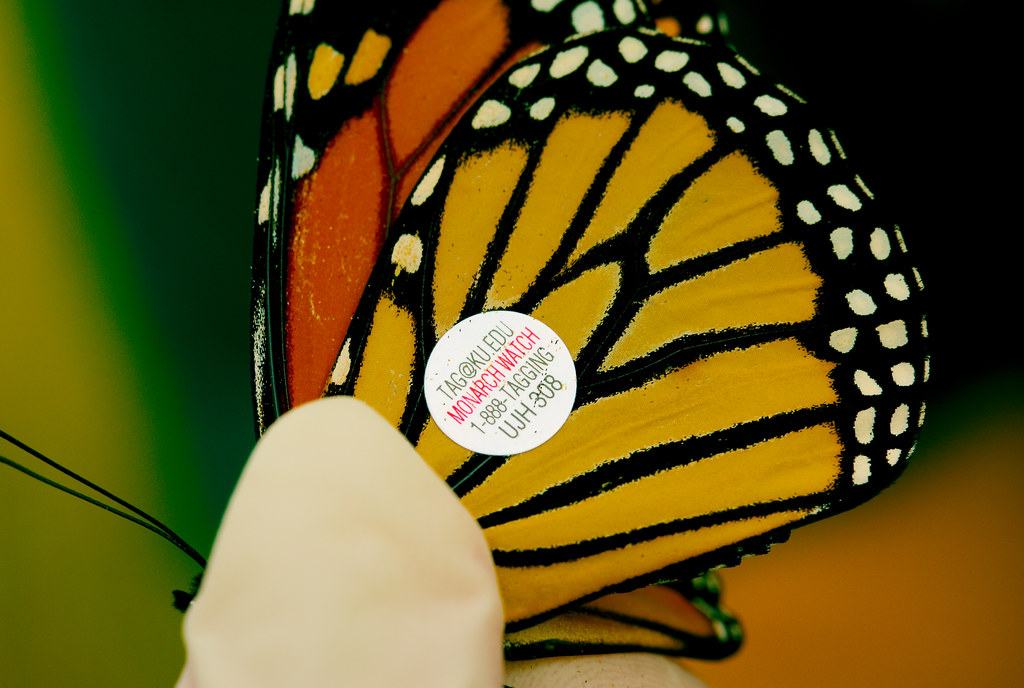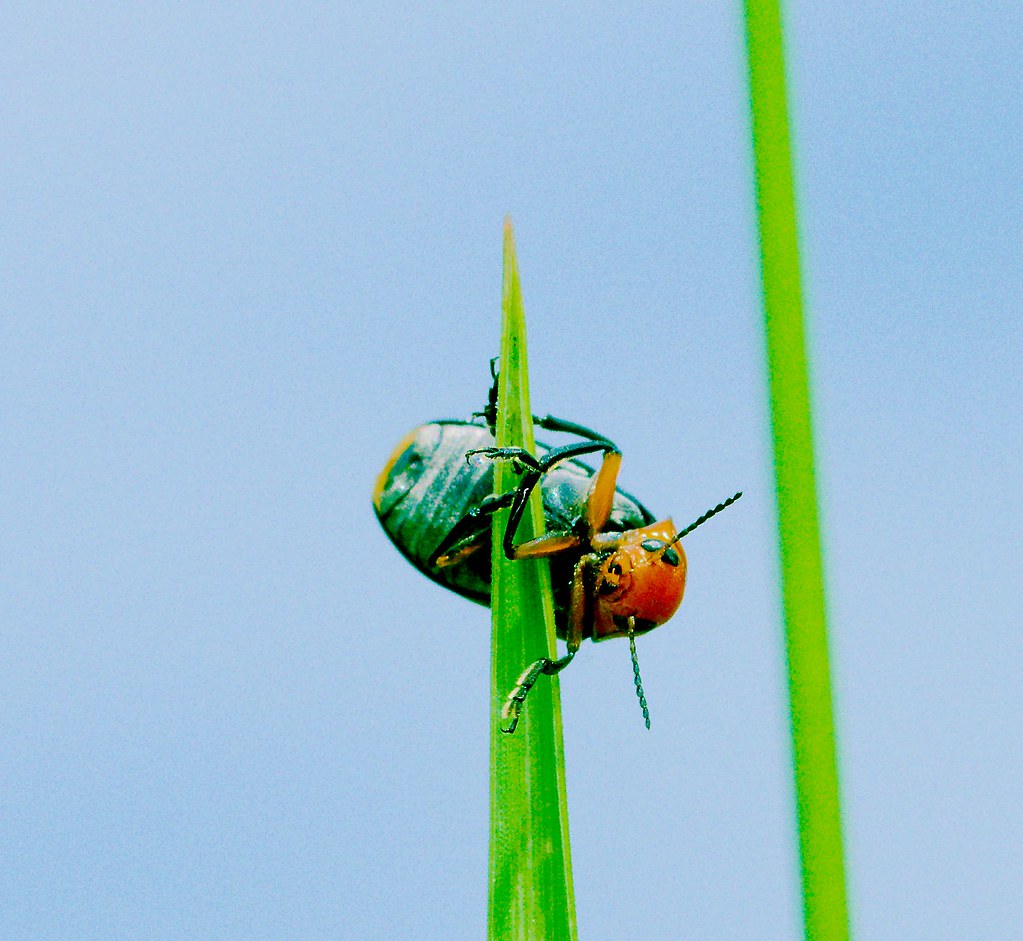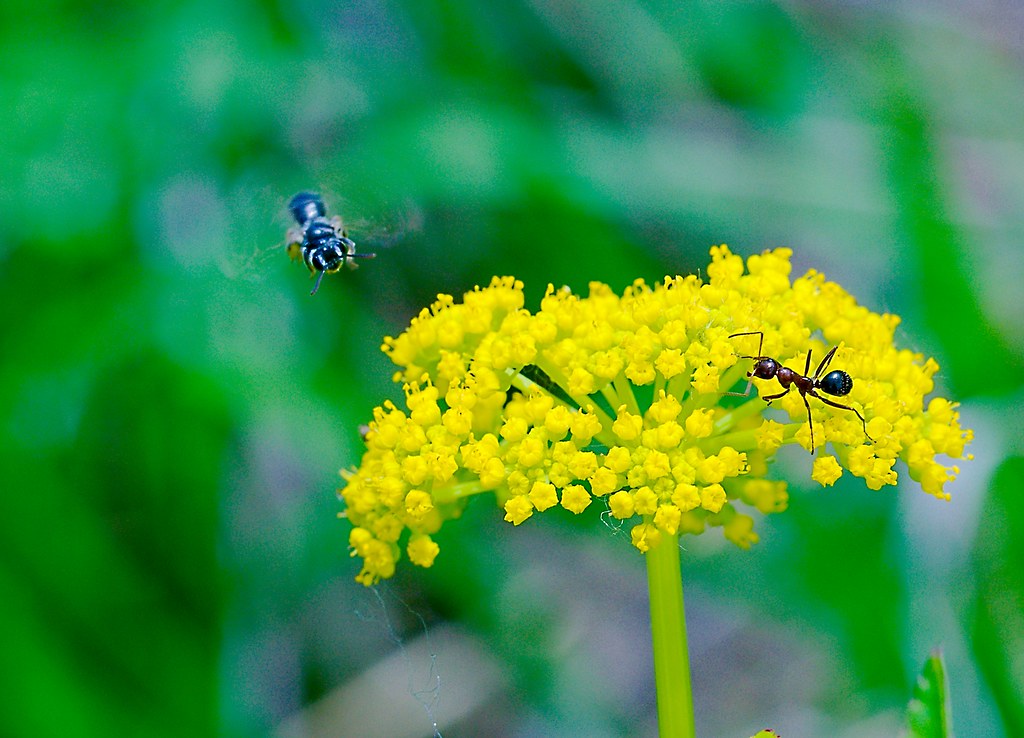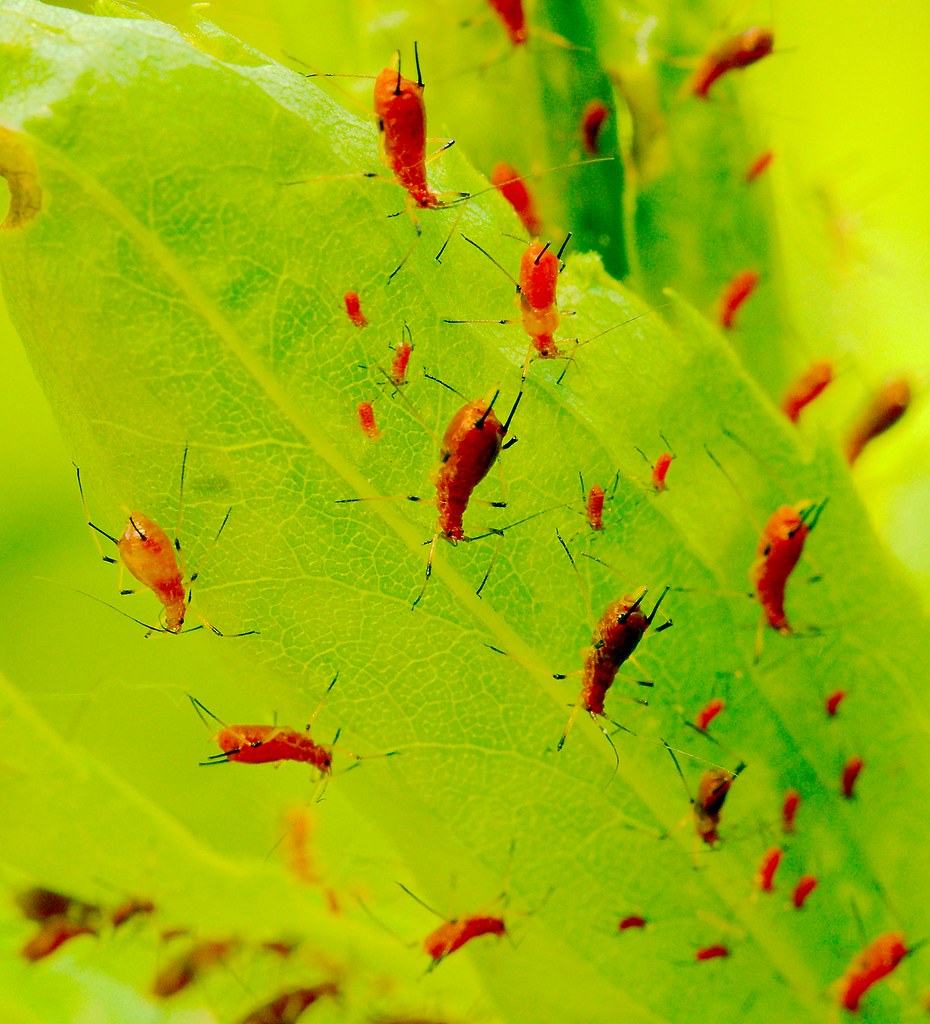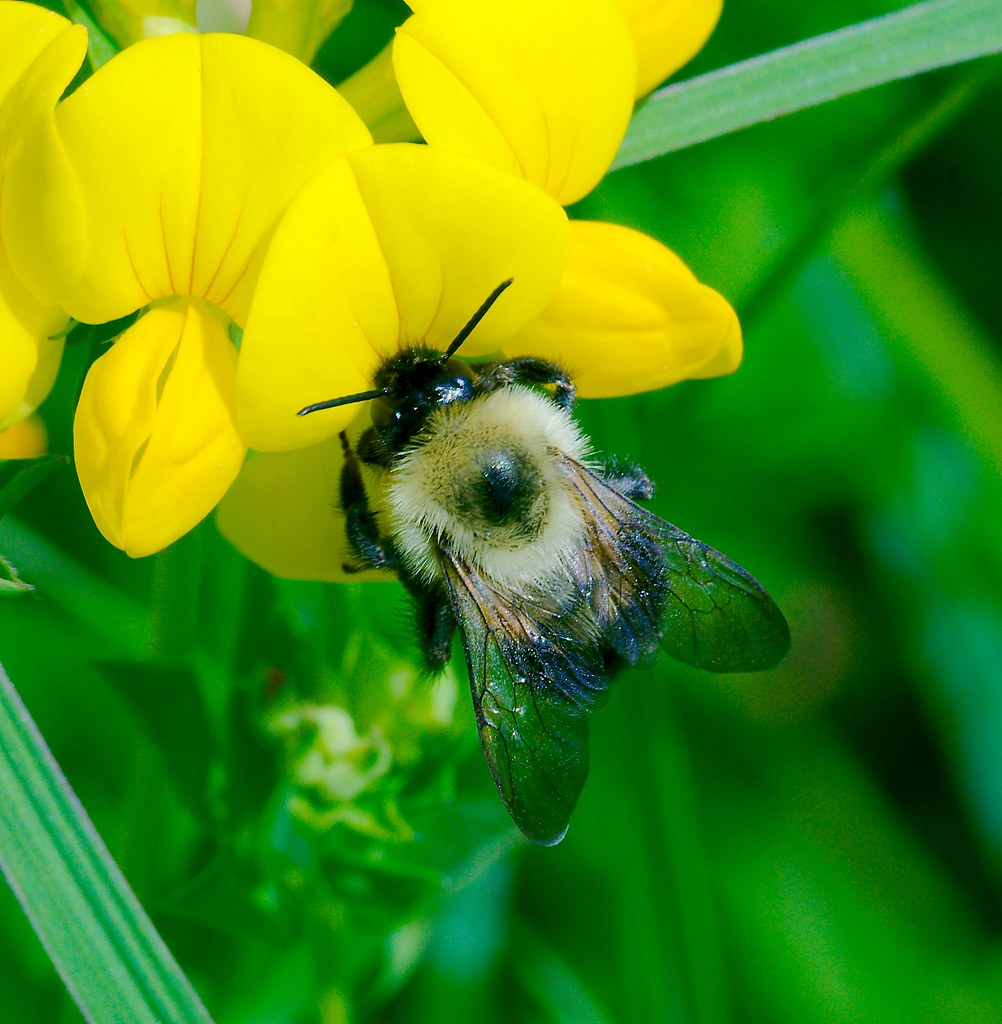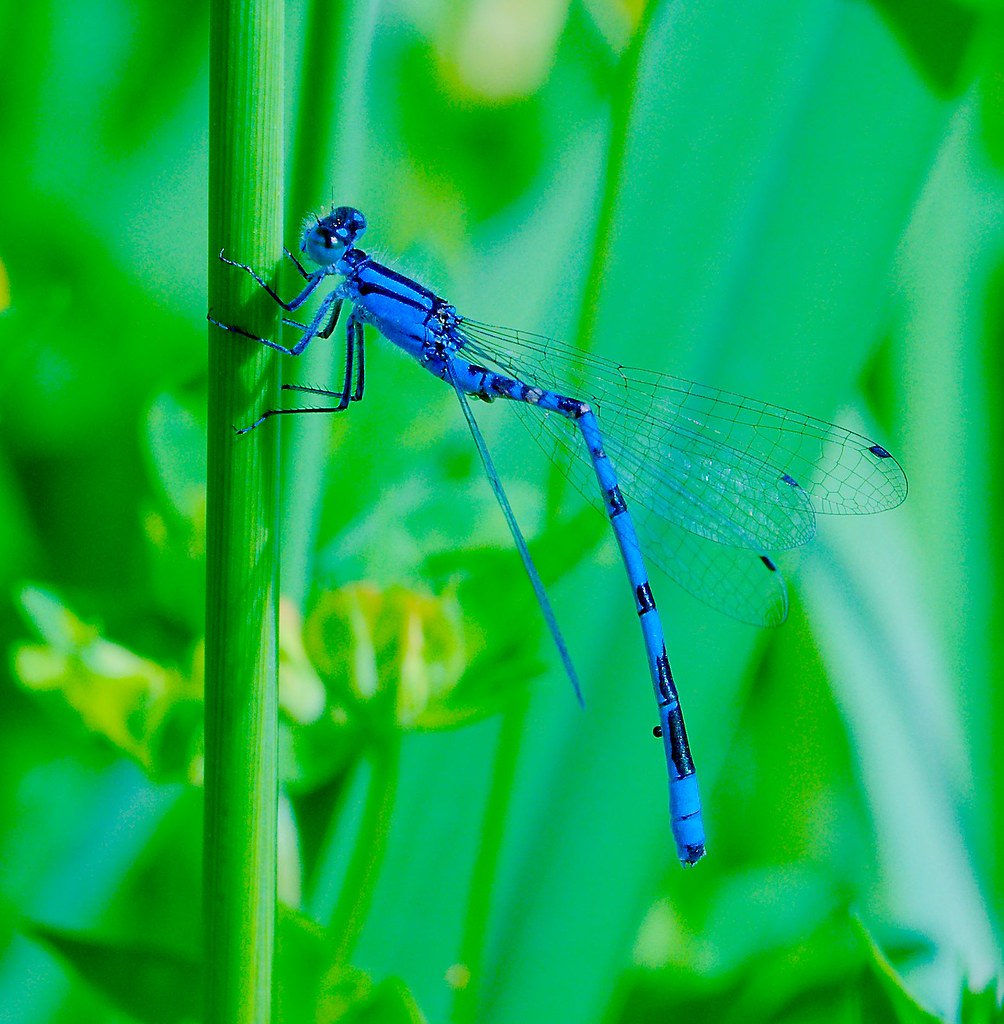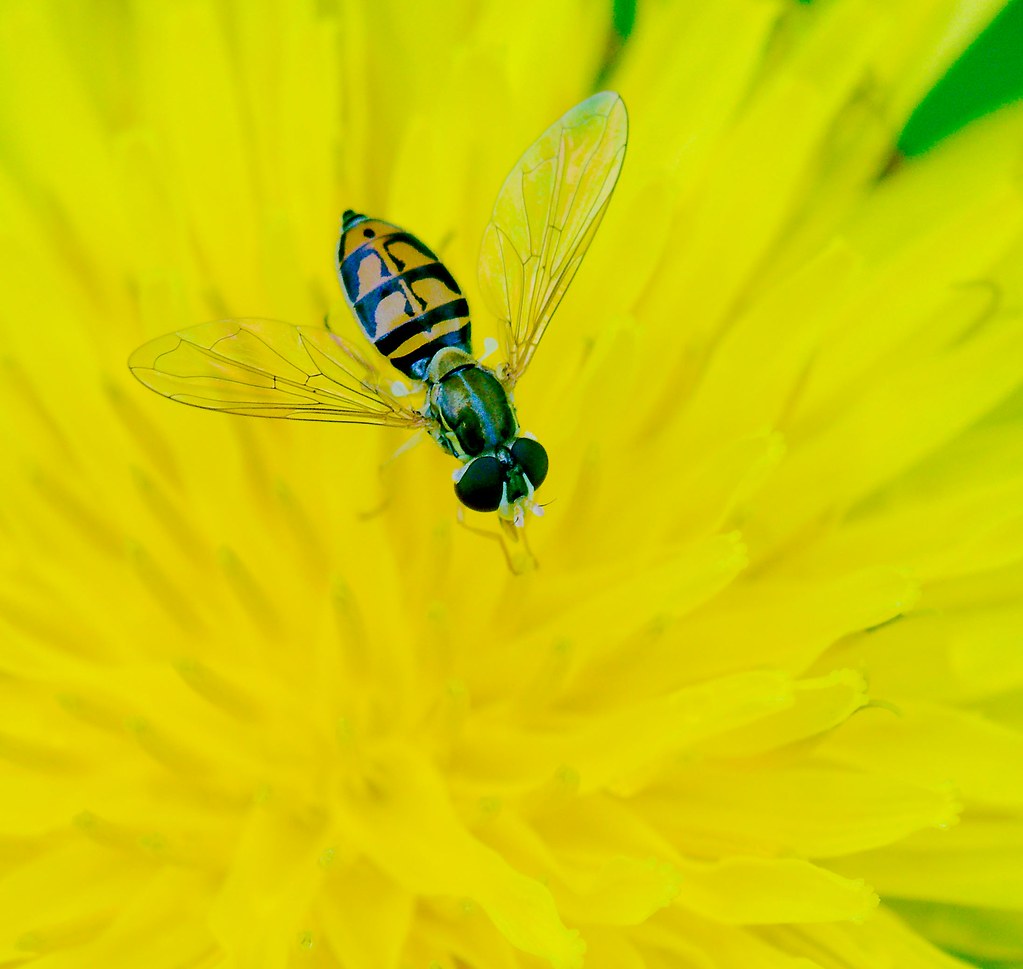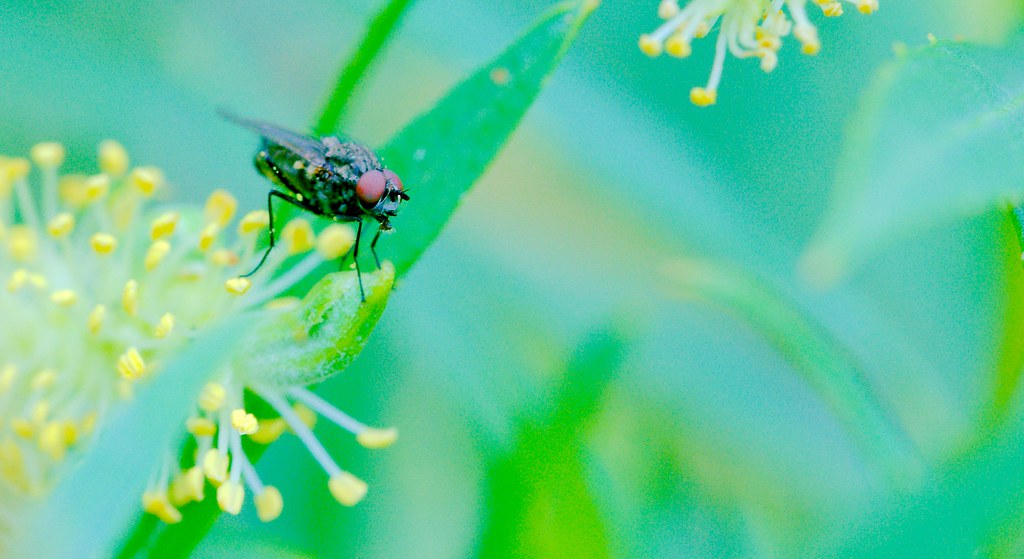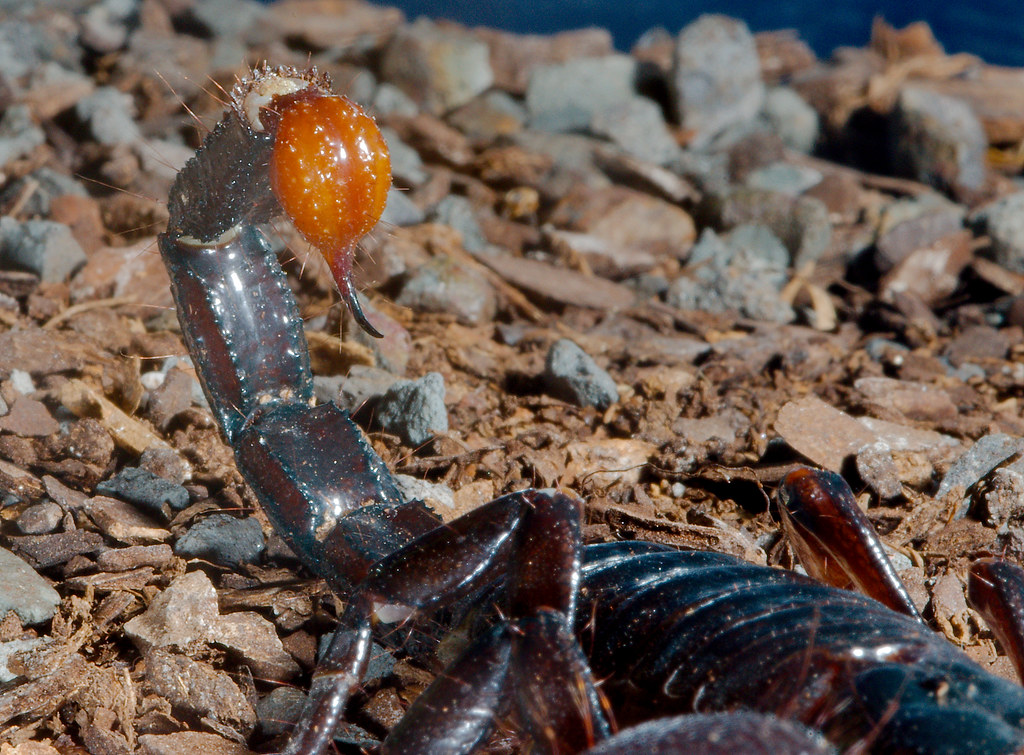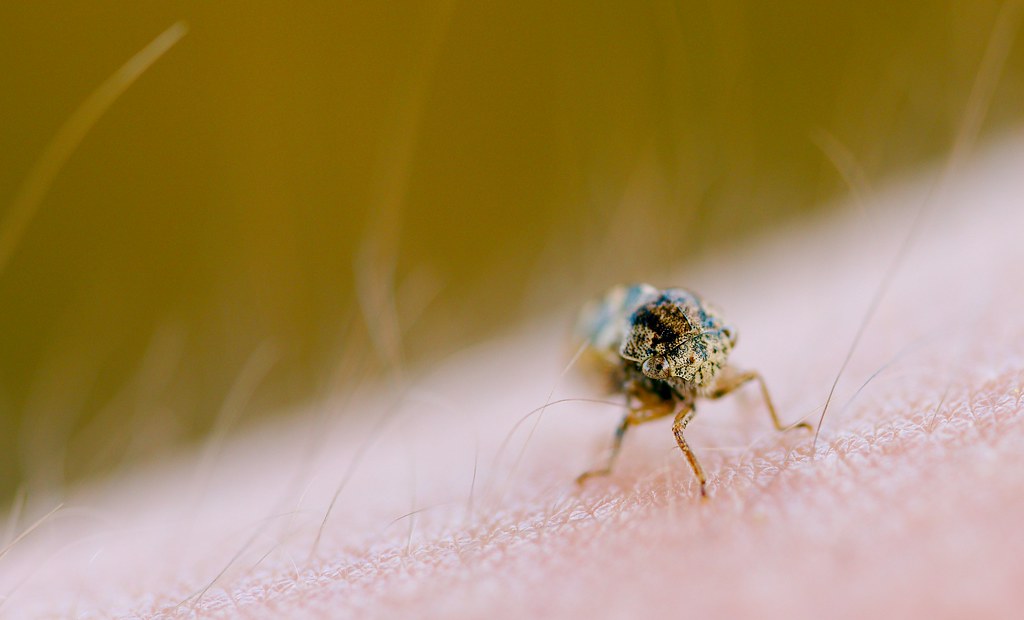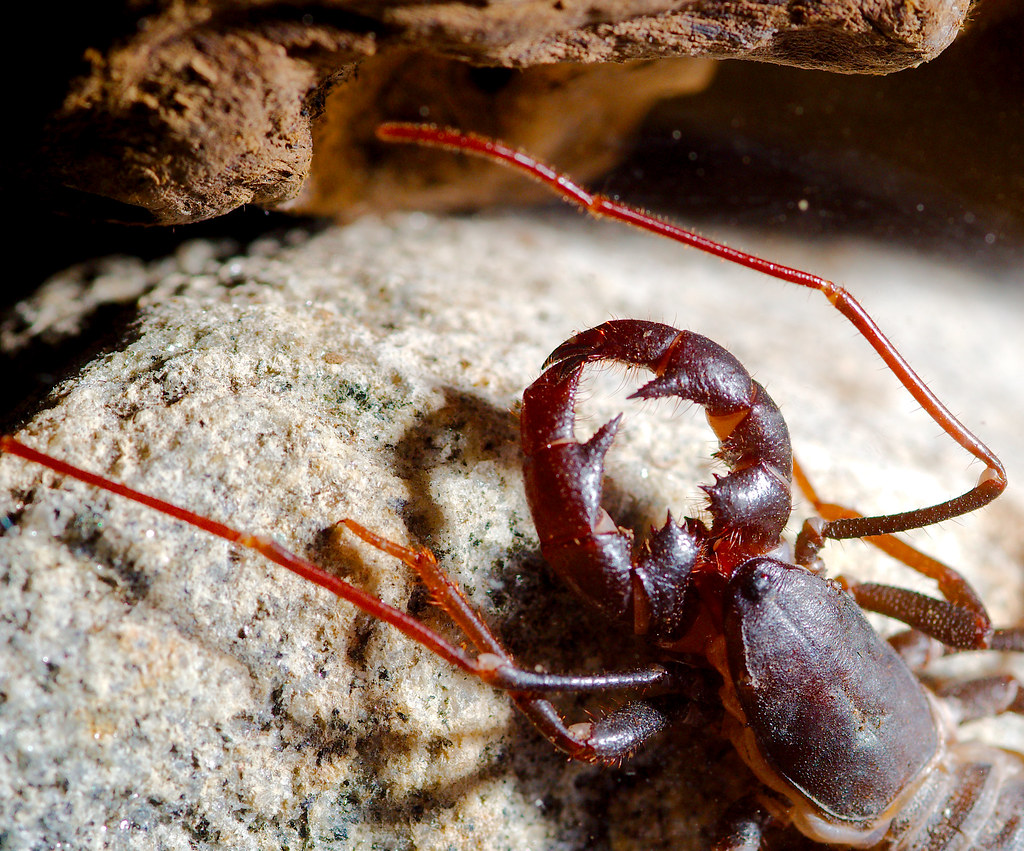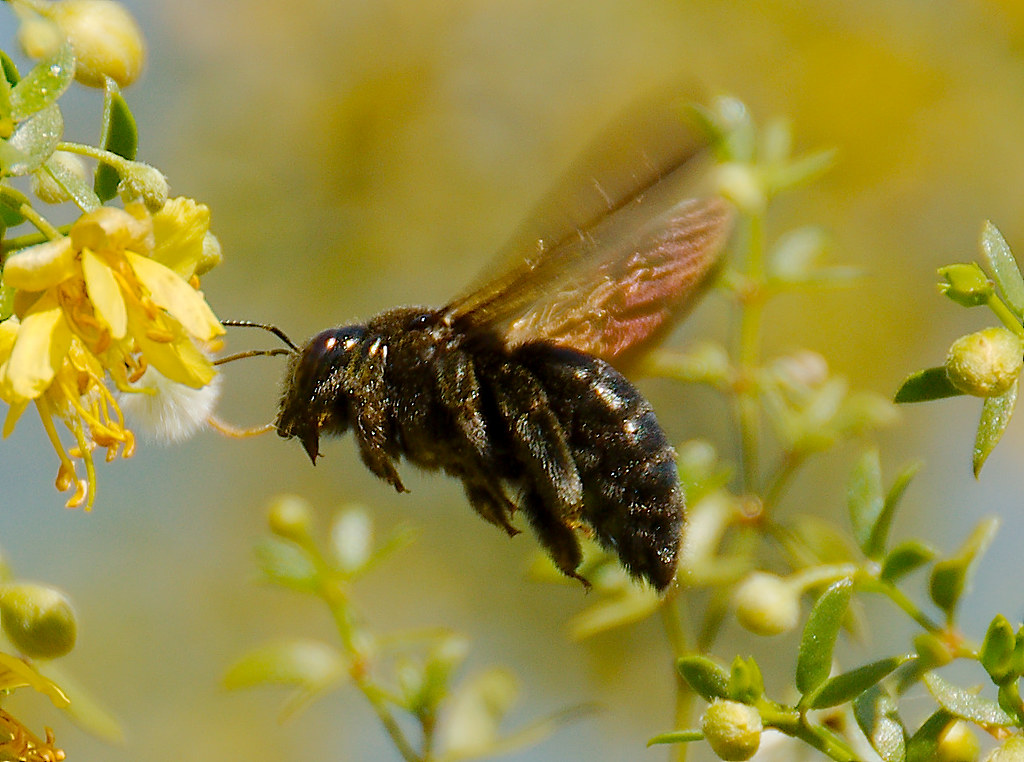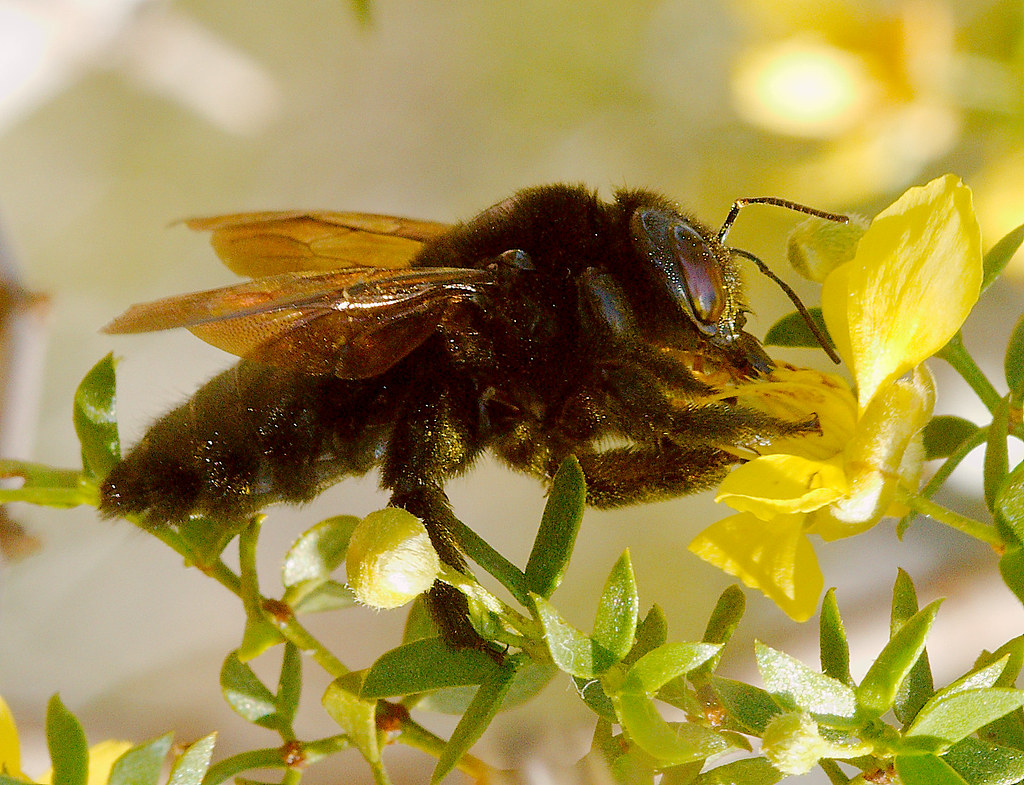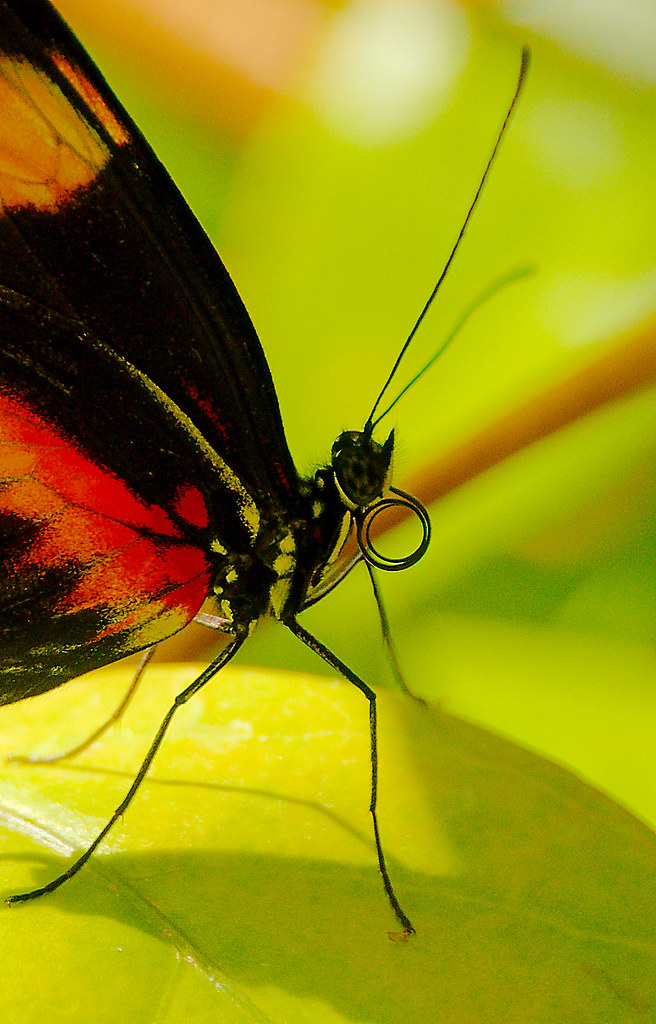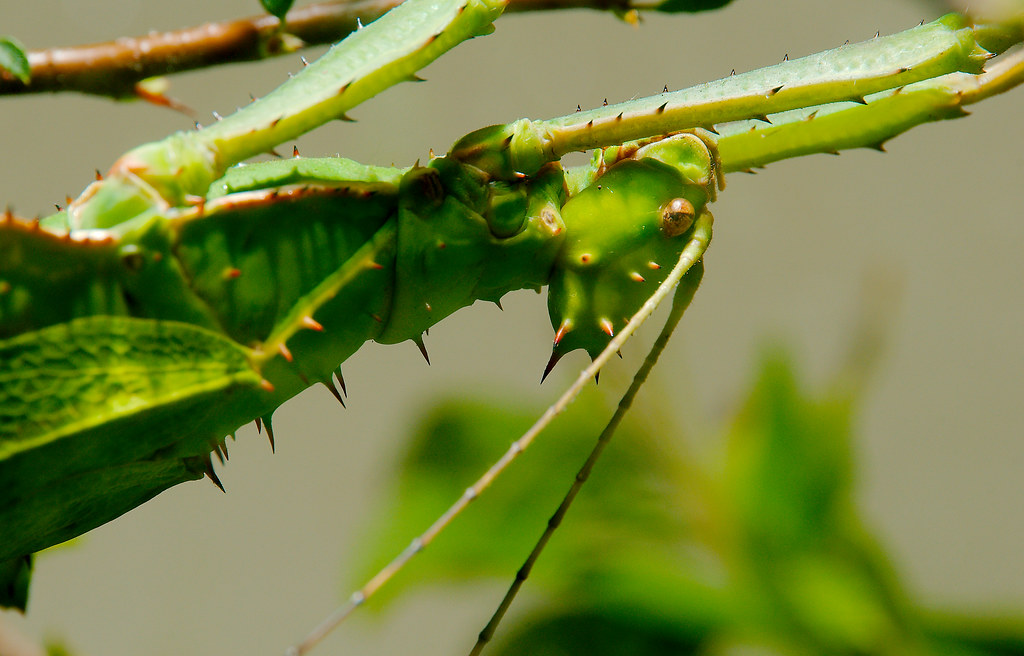Another view of the pawnee skipper. I have nothing more to say about them than I just did. I just like this shot too.
Category Archives: Insect
Pawnee Skipper
This is a pawnee skipper, though the photo is misleading as lepidopteral tweezers are not actually a common predator. I was fortunate enough to see this species because I won a butterfly outing at a fundraiser for the Minnesota Zoo.
(Side note: Oddly, I was the only bidder … who doesn’t want to spend a day climbing hills pursuing endangered butterflies? What’s wrong with people?)
Anyway, we set out early in the morning to get to an area of untouched post-glacier land in Western Minnesota, where we started checking out hills. Did you know that there are some butterflies whose life-time range consists of the top of a single hill? Scientists call it “hilltopping”, but I call it a rather limited world view and a risky strategy. Nonetheless, there exist these butterflies called the pawnee skipper that are rare to begin with and, as humans level hills to make land for farming, they’re getting ever more rare.
Counting them is also difficult, because they fly really quickly and they all look like one another (a not uncommon problem for counting a species, actually), so when we caught this guy, we put him in an envelope for a while to see if any more came out. We then saw two more, presumably fighting for the top of the hill, as we’d just caught the alpha male.
(Side note: Yes, you are living in a world in which there are not only alpha butterflies, but in which butterflies fight with one another to become alpha. Think of it as Barbie Mariposa and Her Butterfly Fairy Friends meets Fight Club.)
After counting three, which was two more than last year’s count for that particular hill, we went off for more generalized butterfly catching. I was tired, as I’d only been home from Peru for about three days, but the times in which this sort of work can be done is limited. Butterflies don’t live long, after all, and the conditions have to be just right. I am hopeful that I’ll be able to do this again and that we’ll hopefully also be able to set something up more locally so more people can join us.
Monarch tagging
The monarch discovery story is a fascinating one and longer than I can adequately summarize here, so go read it or watch the movie. However, once you’ve done that, consider joining a monarch tagging expedition in the Spring. It’s fun and it’s easy (details here).
I’ll try to post when I know when the ones in Minnesota get scheduled for 2016 … but your chances will be better if you keep an eye on things too.
Beetle
The fable of the ant, the bee, and the grasshopper
The ant and the bee both hatched in the early spring and were taught their respective trades by their elders. Every day, the ant worked hard bringing food into the colony. And every day, the bee worked bringing food into its own colony. Throughout the spring, rain or shine, they would meet at a different flower in the garden and divide that day’s pollen so each colony would get enough. On particularly nice days, a grasshopper would come by to chat, but they ignored him, for the work was more important. Their queens demanded obedience.
Summer came, and they were able to work faster and more consistently. Every time they met, they would exchange brief greetings, and then get on with the work. The work was critical. Work was how the colonies would survive. How the colonies would thrive. As they worked, the grasshopper would look on, occasionally playing his fiddle* and trying to get them to take a break and relax with him. He was always unsuccessful.
As autumn came, both the ant and the bee began to slow down. They were getting old. However, they kept working. To not work was nearly unthinkable. The grasshopper attempted to sway them to his way of life, holding parties in different areas of the garden. However, each time one of them thought about giving in to relaxation and joy, they would look at the other, the ant drawing inspiration from the bee, and the bee getting support from the ant. Though it was harder, they kept working, and both of their colonies began to prepare for the winter. They knew their queens needed their help if the colony was to survive.
Winter began with a cold breeze and a quick frost. Neither the ant nor the bee could leave the colony that morning, and it wasn’t until the following day when the thin layer of ice melted and they could leave for the garden. There, they saw no more flowers to harvest. They saw that, finally, their work was done. As they investigated, they came across the dying grasshopper, caught in the early frost. As he lay there gasping** he admitted that there might be some value in hard work and apologized for distracting them so often. He wished he had worked hard to prepare for winter. And with that, he died.
With great senses of self justification, the ant and the bee each returned to their own respective colonies. However, it was cold, and journeys that once took only a few minutes, consumed the remainder of the day. Dusk was falling when each reached their own home. The bee found the hive door closed and no way to open it. The ant found all the entrances and exits blocked. Each colony had sealed for the winter.
Night came, and with it, another round of freezing cold. Both the ant and the bee died, near their former homes, wishing they had each taken some time to play and enjoy their lives, at least a little bit.
Meanwhile, in each colony, the queens laid next year’s worker eggs, so they could live another year in comfort and bliss.
Moral: Those in power screw over everyone else. Also, winter kinda sucks.
* It is worth noting, in the interest of scientific accuracy, that grasshoppers do not play literal fiddles. Instead they rub their legs against their wings, in a similar manner as fiddles, but without the little tuning pegs, so their range of sound is limited. This is why professional musicians do not play grasshoppers.
** Technically, grasshoppers don’t have lungs, but they do move their body as air rushes in and out of their spiracles. Since this doesn’t pass vocal cords, gasping for breath doesn’t interfere with communication as it does in humans.
Aphids
Bee
“There is reason for concern regarding the survivability of certain bee populations.” –Science
“All the bees are gonna die!” –Science Reporting
“All the bees are gonna die and we’re all gonna die too because of pollination and stuff!” –Science Blogging
“Five ways to save the bees.” –CNN
“How to help bees, monarch butterflies, and other insects that are being affected by our changing world.” –NPR
“Which dying bee are you?” –Buzzfeed
“This bee seems fine. Obama wants to eat your children. Also, booga booga boo!” –FOX News
Critter
Critter warriors prefer to ride these beasts into battle, because their protrusions function as merlons on crenellated parapets for archery while their spikes make it harder for combatants to mount them via siege weapons. Their speed isn’t as great as the winged airforce, but quite decent for land-based combat.
One warrior tribe thus mounted can successfully attack entire armies mounted on earthworms and even small groups on pillbugs.
Damselfly
Bee
House Fly
African Emperor Scorpion (Pandinus imperator)
Self Portrait With Leaf Hopper
Giant Vinegaroon (Mastigoproctus giganteus)
The Race
The race was on.
The enemies were approaching the hive and reinforcements were needed. Two hundred and twenty five meters was a long way, but it was necessary. The invaders must be stopped.
Only a quarter of the way and she was already getting tired. Still, the thought of the costs of her failure, drove her forward. Fifty thousand lives depended on her. And one two hundred and twenty five meters.
Glancing backward, she saw the invaders massing on the horizon and increased her speed. She realized she wouldn’t make it in time if she held anything back. She need not make the return trip. Conveying the message was enough. If the other hive could be alerted, they just might make it in time.
As she passed the three quarters point, she powered on, burning the last of her energy for the final stage of the race. She felt, deep in her body, that this was the end. When she reached her destination, she knew she’d just be able to deliver her message and, quite likely, collapse and die.
Death, however, was practically a guarantee in either case. If she stayed and fought, she would be slain with tens of thousands of others. If she was too slow, again, tens of thousands would die. If she just stopped, she might survive, but she might be the only one. No. Her only hope was to alert the others, in the hopes that they could help keep the total casualties low.
Though it may cost her life, she must fly.
Bee
Jumping Stick Insect
Preying Mantis

A while back, I read Your Inner Fish by Neil Shubin, which discussed the basic plan of chordates and how all animals have similar growth patterns. Interestingly, he briefly mentioned similar findings for insects as well, at a genetic level. This would imply that, if we could find the right genetic tweaks, you too could get Batmanesque arm spikes.
